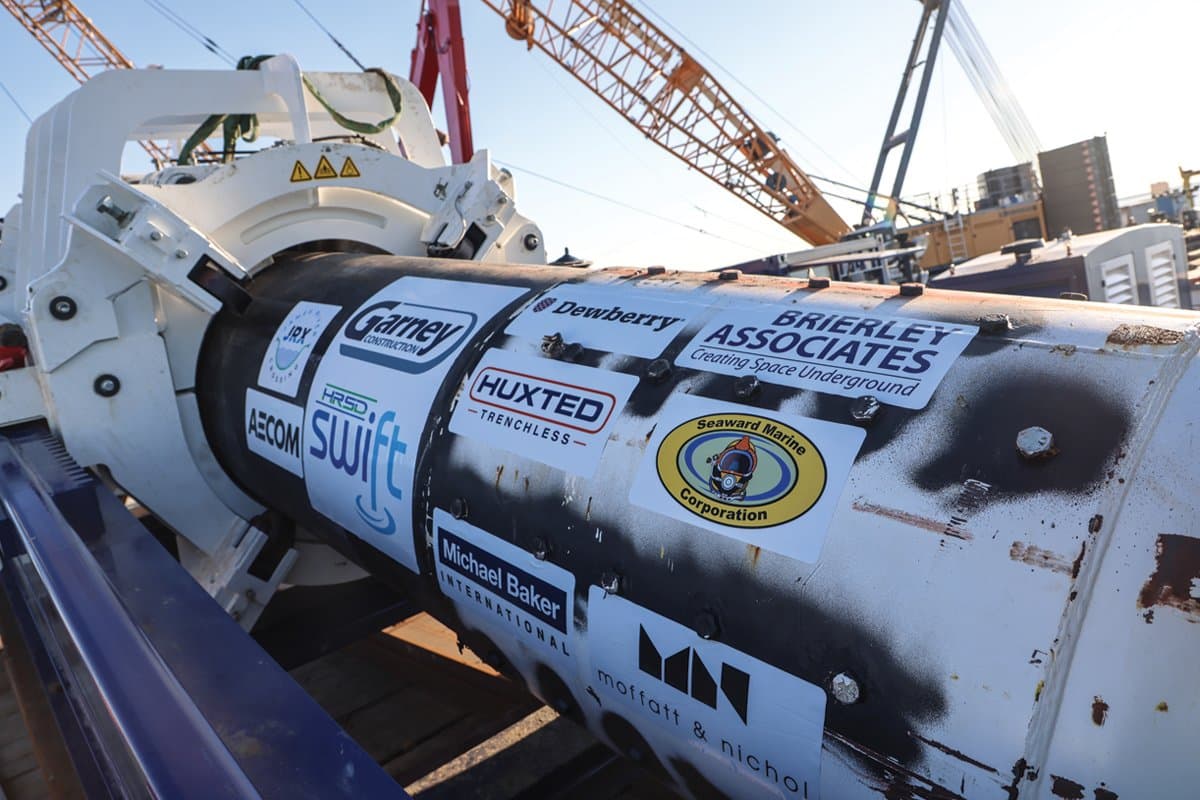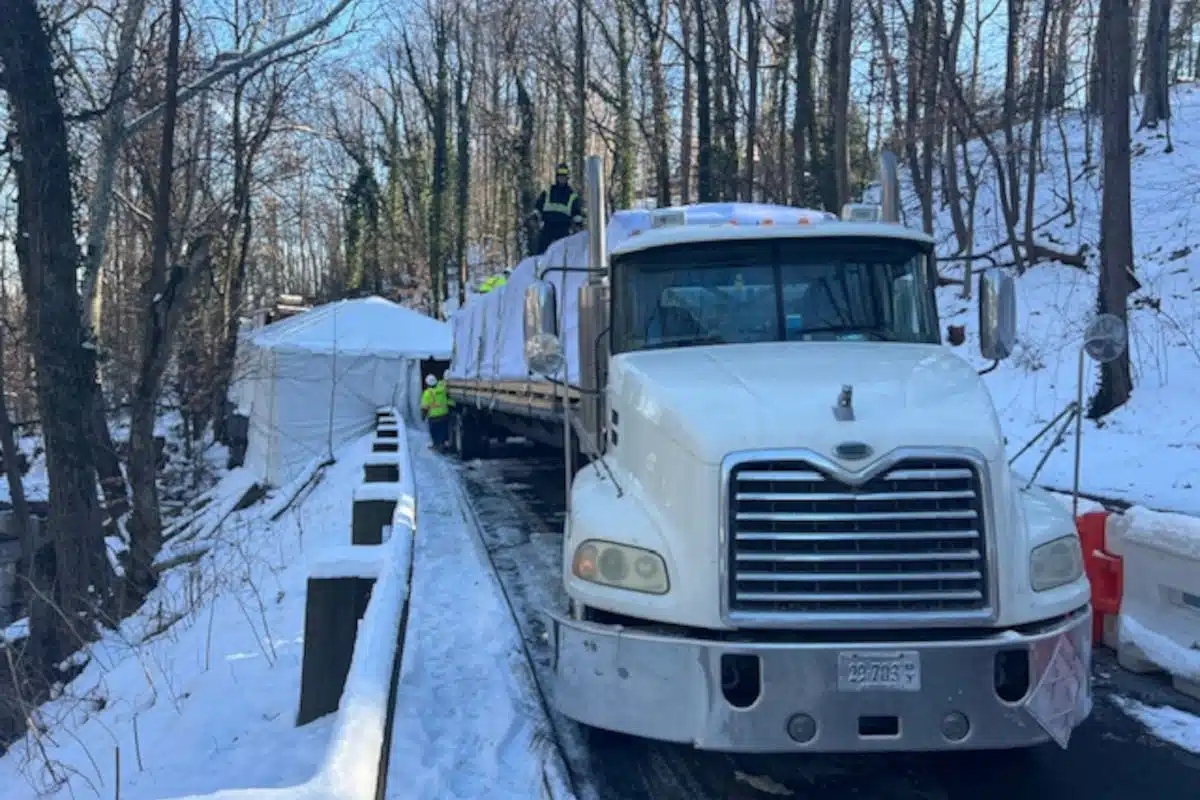
Sewer Rehabilitation, Lead Replacement Poised to Thrive with Increased Funding and Creativity
Editor’s Note: This story is the second of a three-part series from Wade Trim that focuses on infrastructure funding. In our May issue, Wade Trim will focus on funding that relates to tunnel and shaft work. The first story appeared in our March issue and provided an overview of the IIJA and ARPA.
The combination of the American Rescue Plan Act (ARPA) and Infrastructure Investment and Jobs Act (IIJA) has delivered a potent one-two punch for the water and sewer sectors.
ARPA provides more than $350 billion in financial assistance, with water and sewer projects among eligible uses. Combined with the IIJA’s historic investment, the industry will be hard pressed to keep pace with design, construction and supply needs. Regardless of supply and labor challenges, this long overdue focus on infrastructure is a welcome development and a great opportunity for the trenchless industry.
Sewer rehabilitation techniques have greatly advanced over the past two decades and the market is poised to grow with increased funding. Clean Water State Revolving Funds (SRF) will see a three-fold increase in federal capitalization over the next five years and an additional subsidy has been expanded to include grants and negative interest rates.
The additional SRF funding may lead states to change or modify rules, including loan maximums and definitions of disadvantaged communities.
Funding Disadvantaged Communities
For instance, when the Western Westmoreland Municipal Authority (WWMA) utilized PENNVEST funding for pump station and equalization basin improvements, which included utility bores, the total project cost exceeded the state’s $20 million loan limit. The limit required WWMA to supplement a PENNVEST loan with $7.5 million in Revenue Bonds featuring nearly double the interest rates. Additional funding in the system may allow states with funding maximums to increase those limits in the future to keep pace with recent industry inflation.
In Ohio, recent SRF Intended Use plans have limited principal forgiveness to communities under 10,000 in population. This is a disadvantage for communities like Cleveland Heights, which is not eligible to receive grants or additional subsidy. That city is a facing significant financial hardship due to a sanitary sewer overflow (SSO) long-term control plan (LTCP) resulting from an EPA Consent Decree. With more money coming into Ohio’s SRF, now is a prime time to reconsider the population limit.
Despite the challenges, ARPA and other funding sources from the IIJA can help Cleveland Heights implement its LTCP. The city has set aside $18 million in ARPA funding for sewer improvements and also received a grant from the Northeast Ohio Regional Sewer District’s Member Community Investment Program to address several sewer rehabilitation projects, including sewer lining.
The IIJA includes an expanded Sewer Overflow and Stormwater Reuse Grant program and investment in the Water Infrastructure Finance and Innovation Act (WIFIA). These programs will be popular among communities like Cleveland Heights that are seeking to balance improving infrastructure with rate affordability.
Legislatures and governors in several states are supplementing IIJA funding with grant programs for sewer and wastewater from state ARPA allocations. In 2021, Florida set aside $500 million to fund a new wastewater program, while Ohio granted $250 million for water and wastewater projects. With the need far exceeding available funding, both states are considering the provision of additional funds at similar levels in 2022. In Michigan, the legislature is considering over $500 million for clean water projects this session.

Investing in Planning, Preparation
Some states have invested in programs that help communities plan and prepare for infrastructure investments.
In Michigan, the Stormwater, Asset Management and Wastewater (SAW) program has funded over $440 million in system plans and studies since 2014. Harrison Township utilized a SAW Grant to conduct a sewer system evaluation on nearly 85 miles of its sewer system. This will help position the community to take advantage of IIJA and state level funding. The state is currently considering adding $100 million to the popular program.
Using a strategy that combines projects within capital improvement plans with a “do-it-once” strategy is a key component to leveraging funding and making efficient investments. The City of Flint has employed this strategy in multiple ways by incorporating horizontal drill watermain replacement into a state funded transportation project and securing USDOT grant funds for street reconstruction projects in combination with state-funded water main replacements.
RELATED: Last Word – Engineers Must Avoid Bottlenecks That Could Delay Infrastructure Funds
The City of Tampa combined a flood relief project with transportation and water main improvements to achieve construction phase economies. Using $15 million from the Southwest Florida Water Management District for stormwater components, the City combined several scope elements into a $40 million project that included microtunneling water main replacement.
Lead Removal
The focus on the removal of lead from the nation’s water supply provides an excellent opportunity for the trenchless industry in this decade.
Lead water main and service removal is a significant component of the IIJA, with significant funding flowing through the Drinking Water SRF programs for Lead Service Line Replacement (LSLR). While many communities have yet to fully evaluate the extent and location of lead water infrastructure, it is anticipated that states will choose to allocate portions of SRF and ARPA funding to help communities evaluate how much lead is in their systems.
Some communities have already started on the path of mitigating the impacts of lead. The City of Flint, which was severely impacted by lead in its drinking water, utilized Federal funding from the Water Infrastructure Improvements for the Nation Act (WIIN) to construct a secondary water supply. The project included auger boring to replace 36-inch transmission mains under county roads and a railroad crossing. The LSLR funding associated with the IIJA will be the primary replacement for WIIN funding in the coming years.
The City of Bay City, Michigan, has steadily removed lead services and mains over the past 20 years with a combination of user fees and Community Development Block Grant funding. While the City is considering utilizing a portion of its ARPA funding for this program, it has been successful using Drinking Water SRF funding to obtain low-interest loans. In 2020, the City obtained $4 million for its LSLR program, and in 2022 received $3 million from DWSRF as well as nearly $500,000 in CDBG funding for 2021/2022 to continue lead service line replacements as part of its long-term plan. This positions the City to take advantage of future LSLR funding.
An often-overlooked grant opportunity in the IIJA is the National Gas Distribution Infrastructure Safety and Modernization program, which makes available $1 billion over the next 11 years. These grants will help municipal and community-owned, non-profit utilities repair and replace natural gas distribution assets.
As federal funding filters down to the state level, it is important that utility owners and operators are prepared to compete for this funding. Now is a great time to dust off outdated capital improvement plans for an update or implement long deferred asset management programs.
Tiffany Harrison, P.E., is the Technical and Quality Manager for Wade Trim’s Municipal Services group and Wayne Hofmann is Wade Trim’s Client Funding Director.




